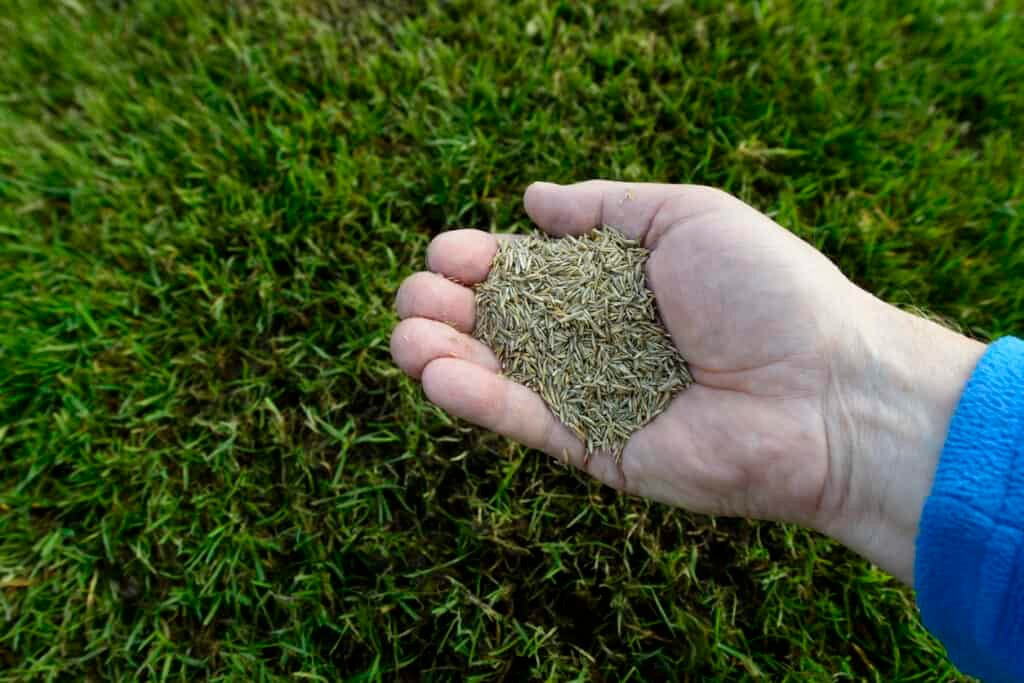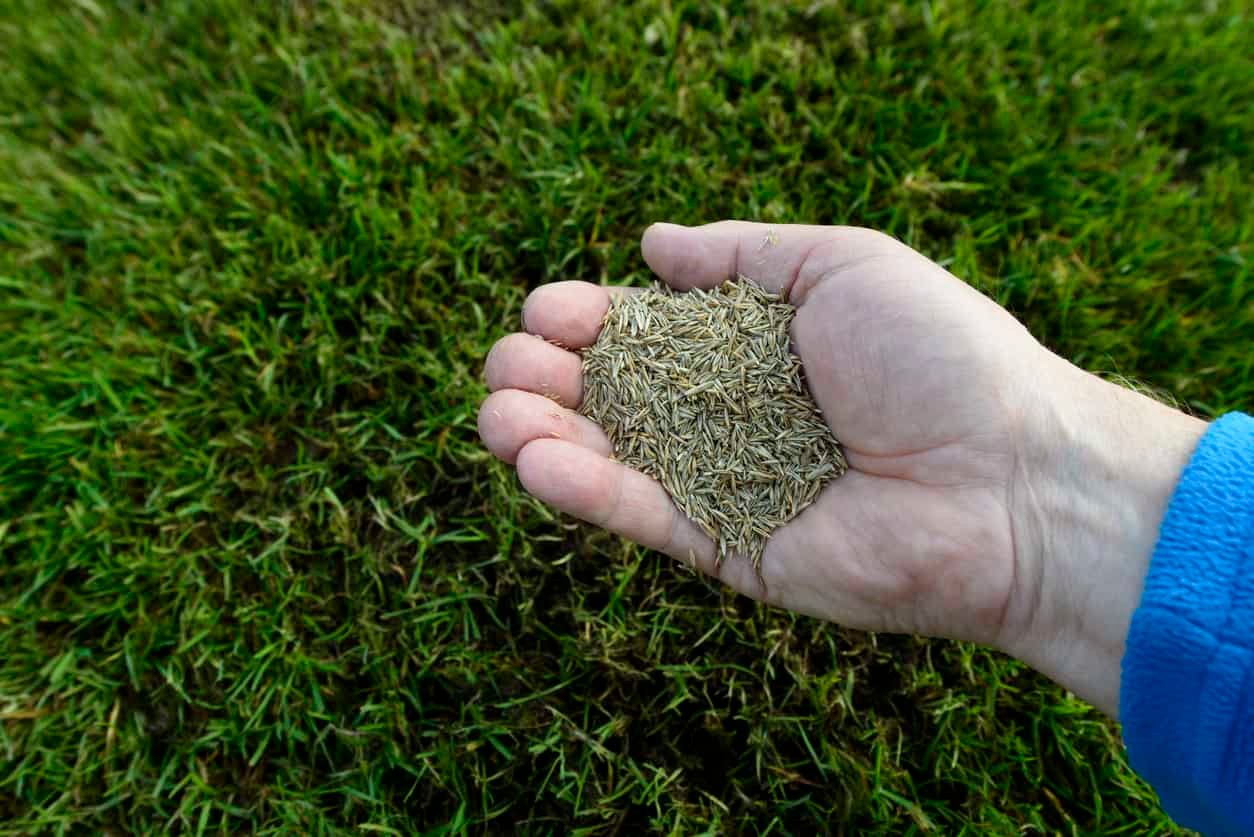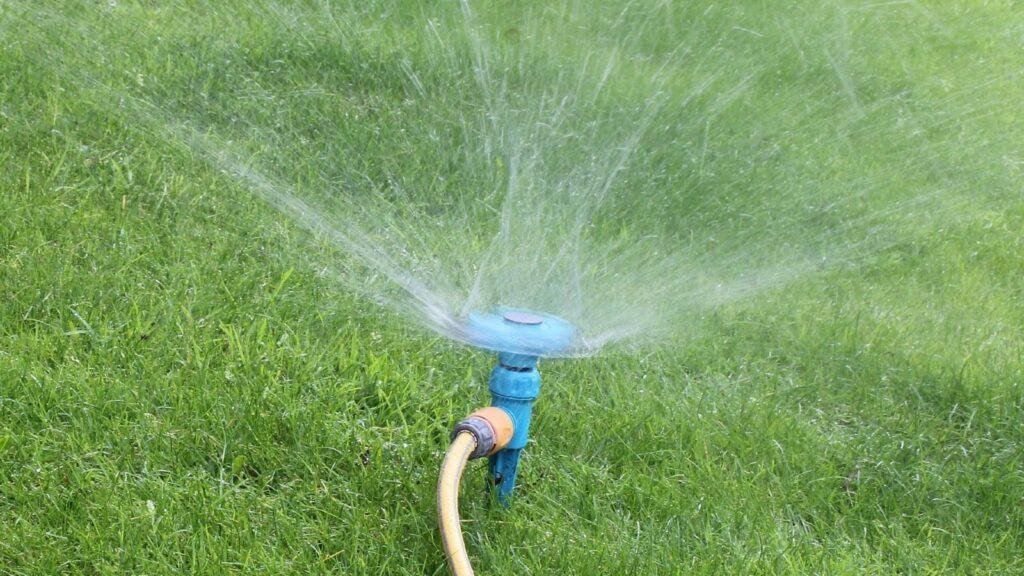Do you want to know how to spread grass seed? In this article, you will find step-by-step instructions on how to spread grass seed using a riding mower pull-behind, walk-behind spreader or broadcast spreader. If you do not have the item, you can read our article: Walker Ride on Mower to buy a new walk-behind spreader.
Plant Grass Seed

What do you know about how to spread grass seed? As you know, by planting grass seeds, you can increase the amount of green space surrounding your house and extend your lawn into new regions. If your current lawn is a touch run-down, you can also sow fresh grass seed to improve it. Even a whole lawn restart is possible with grass seed.
Making a good lawn carpet requires carefully sowing grass seed over prepared soil. Spreading grass seed can be done mechanically with walking or hand-cranked spreading implements, or it can be done for free by just using your hands as casting implements.
Best Time to Plant
Make sure the appropriate season is available for planting. As a general guideline, you should wait to plant your grass seed for the best results if you are already experiencing (or are soon to experience) excessive temperatures.
Depending on your region and the type of grass you want to grow, either spring or fall is the optimal time. Simply said, the optimum time to sow grass seeds is in the fall, which is normally from September through November, if you live in the northern half of the country, which is considered to be a “cool season” area.
You should probably plant in the spring or early summer, usually between March and June, if you live in the southern or middle regions. Read more about planting grass time.
How to Spread Grass Seed
Even while it may still be possible, trying to sow seed out of season can result in slower growth and worse survival rates for the young grass. Just something to be aware of. How to spread grass seed? Read this step-by-step below:
Step One
How to spread grass seed using a walking spreader. When you push or pull a walking spreader over the soil surface, grass seed is released onto the soil at a predetermined rate. You can rent one or use your own. To accommodate the size of your specific grass seed variety and the spread rate, adjust the spreader’s hopper aperture.
Step Two
While walking across the seed bed’s surface, use a hand-crank seed spreader that is held at waist or chest height and somewhat away from the body. As your grass seeds are dispersed to the ground below, evenly turn the handle continuously while moving across the soil surface at a fixed speed.
Step Three
Hand As you walk over the surface of the prepared soil, cast your grass seed by holding fistfuls of seed and twisting your wrist back and forth to loosen your grip on the seed. Spreading seed, go around the entire seed bed in one direction.
After that, turn 90 degrees and re-walk the entire seed bed, dispersing a second layer of seed. An even coating of seed will be cast over the area of soil using a cross-hatching design.
Step Four
Last step, about how to spread grass seed. By examining the seed bag’s reverse and adjusting to fit your seed bed’s measurements, you may calculate how much grass seed to sow. To fit your demands, you can slightly increase or decrease the suggested seed spread.
To accelerate up growth and the appearance of established law, increase the rate. To lower the expense of planting across broad soil areas, decrease the seed coverage rate. After seeding, keep your grass healthy by watering it daily.
Now you know how to spread grass seed. What about how to maintain it?
Maintain Lawn After Seeding
Daily Consumption of Water
Maintaining a properly moist lawn at all times is the last stage in effectively planting grass seed. This is incredibly important to the process.
However, overwatering will also impede germination, so just use what is necessary to maintain soil moisture at seed depth. Never soggy, it should be wet.
To ensure that the top inch of soil is always moist, you must make a commitment to water the new or overseeded lawn at least twice or three times every day. Depending on the kind, grass seed might take anywhere between 5 and 30 days to germinate, or even longer in colder climates.
Check the Moisture Content
Check the ground’s wetness frequently once the seedbed has begun to take root and sprouts have started to appear. Add some water if you see it starting to get dry.
Keep in mind that these young grass seedlings have very small roots and will still need to be watered frequently so that they can spread out. If the watering portion is not done correctly, steps one and two will be for nothing.
You know what you can use a grass spreader as a salt spreader when winter is coming.



